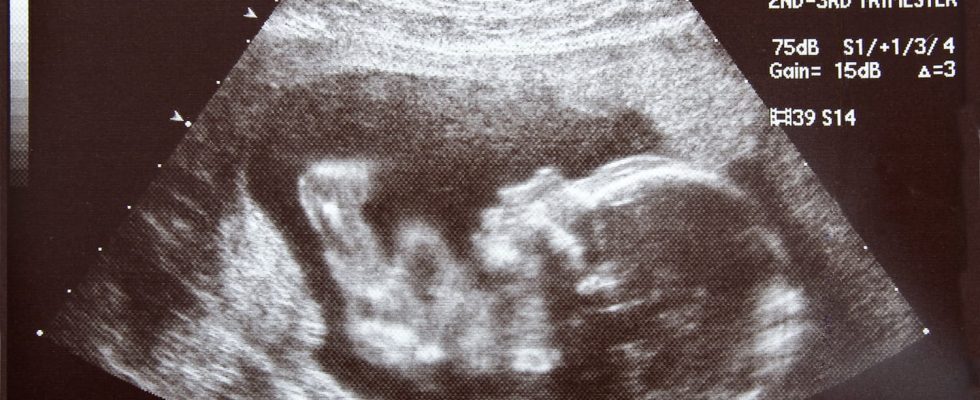Pfeiffer syndrome is a rare hereditary disease that affects one in 100,000 children. It causes a cranial malformation which can be more or less severe depending on the type.
What is pfeiffer syndrome?
Described by Rudolf Pfeiffer in 1964, Pfeiffer syndrome or Acro-cephalosyndactyly type 5 (ACS5) is a rare hereditary disease which results from a genetic abnormality. It is characterized by a premature welding of skull sutures (craniostenosis), abnormally large thumbs and big toes and, in some cases, hearing loss and mental retardation. There are 3 forms of the disease depending on the symptoms presented. She may be diagnosed using a prenatal ultrasound.
What is pfeiffer syndrome type 1?
Type 1 of the syndrome is considered the “classic Pfeiffer syndrome”, it is the least severe form. Hand and foot deformities are considered minor. Intellectual development is generally normal.
What is pfeiffer syndrome type 2 and type 3?
Types 2 and 3 of Pfeiffer syndrome are more severe. They are characterized by:
- extreme proptosis (outward movement of the eye);
- stenosis (narrowing of the artery) or choanal atresia (nasal obstruction);
- abnormalities of the fingers and toes;
- ankylosis (immobilization) or synostosis (union of two originally separate parts) of the elbow,
- complications including abnormalities of brain development, exposure keratitis, exorbitism, bilateral symmetric deafness, airway obstruction, and obstructive sleep apnea.
THE type 2 of the syndrome is the most severe form of the syndrome. This type is distinguished from type 3 because of the presence of a kleeblattschädel, also called trilobed skull or cloverleaf skull. Pfeiffer syndrome type 2 is usually fatal during early childhood due to compression of intracranial structures which causes significant neurological and respiratory disorders. Type 3 is as severe as type 2 but does not have this “cloverleaf skull” shape.
What is the life expectancy?
Life expectancy depends on the type of syndrome and how early it is treated. Type 1 has a rather good prognosis; everything then depends on the success of the surgical interventions. The prognosis is poor in more severe forms.
What are the treatments ?
Surgery is the basic treatment. It is symptomatic and corrective, and depends on the extent of clinical manifestations. The approach is multidisciplinary since it involves various surgical operations. The psychosocial aspects of the disease must also be taken into account.
- Orphanet
- National Library of Medicine
